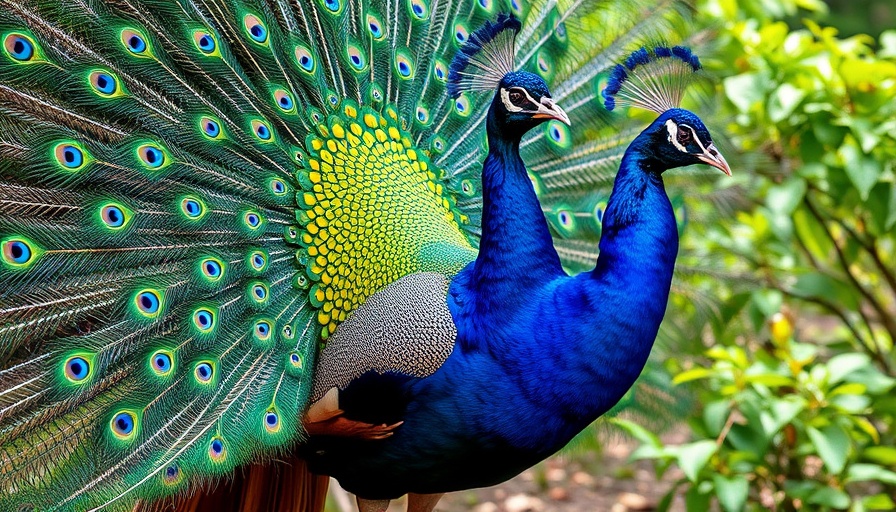
Understanding Peafowl Varieties: A Guide for Professionals
As professionals in the poultry industry, understanding the various peafowl breeds is essential for suppliers and managers looking to optimize their operations and improve animal welfare. Peafowl, particularly known for their stunning plumage, exhibit a variety of colors and patterns, each with unique characteristics.
Color vs. Pattern in Peafowl
When considering peafowl, it's important to distinguish between color and pattern. Color refers to the dominant hue of the bird, with varieties including blue, midnight, purple, cameo, opal, and white. Pattern denotes how these colors are arranged or altered, with common patterns such as pied, silver pied, and black shoulder observed among these birds. This intricate classification is not just aesthetic; it can impact breeding practices and market preferences.
The Most Popular Varieties: India Blue vs. Midnight
The India blue peafowl is the original and most widely recognized species, featuring brilliant blue plumage and a striking metallic sheen on the neck. Comparatively, the midnight variety presents a deeper shade and less iridescence, making the choice between them significant depending on market demands and breeding goals. These nuances play a role in a supplier's ability to meet the needs of their customers effectively.
Breeding Insights for Raising Peafowl
Breeding strategies are influenced heavily by the color and pattern genetics of peafowl. For example, breeding a pied peafowl with a blue would yield various offspring, including some pied and others with colored feathers. Understanding these genetic outcomes helps professionals strategize their breeding to enhance agricultural practices and optimize costs, benefiting both producers and consumers.
The Role of Patterns: Pied and Silver Pied
Patterns like pied and silver pied illustrate how color incorporation can affect a bird’s marketability. A silver pied peacock, primarily white but highlighted with colored accents, can attract niche buyers who value unique aesthetics—crucial for enhancing sales in a competitive market. Knowledge of these diversities in appearance allows poultry executives to cater to specialized consumer segments effectively.
Conclusion: Importance of Knowledge in Peafowl Management
In sum, familiarity with the various peafowl types enriches your understanding and management practices in the poultry industry. By incorporating this knowledge, professionals can enhance breeding strategies, improve product offerings, and leverage market opportunities, ensuring that they remain ahead in this segment. For those aiming to further their operations, consider exploring diverse peafowl genetics as a pathway for greater compliance and efficiency. Explore your options today and elevate your poultry business.
 Add Row
Add Row  Add Element
Add Element 



 Add Row
Add Row  Add
Add 
Write A Comment